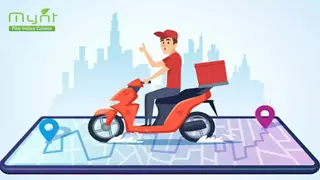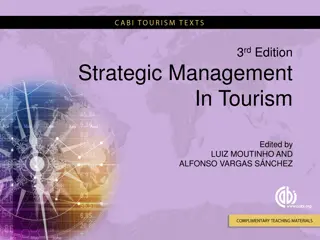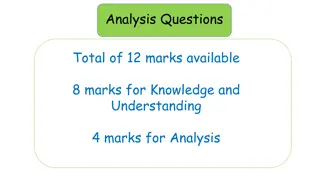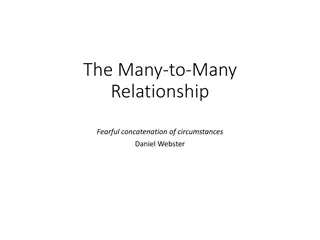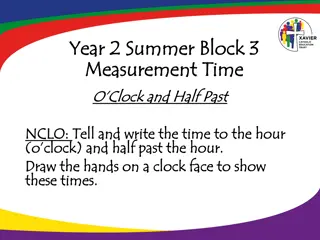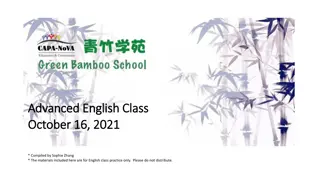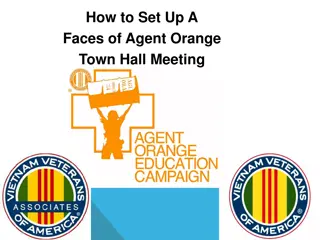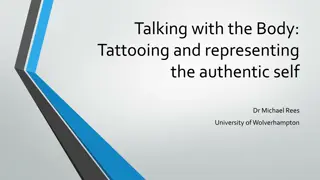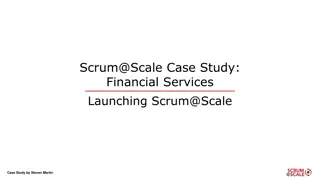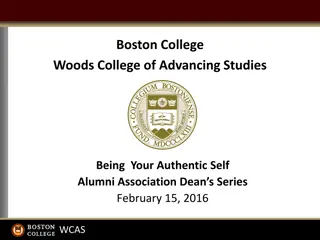
Understanding Authenticity in Language Teaching
Explore the challenges and benefits of using authentic materials in language teaching, focusing on post-intermediate level proficiency. Discover how task authenticity and teacher credibility play crucial roles in engaging students for effective language learning.
Download Presentation

Please find below an Image/Link to download the presentation.
The content on the website is provided AS IS for your information and personal use only. It may not be sold, licensed, or shared on other websites without obtaining consent from the author. If you encounter any issues during the download, it is possible that the publisher has removed the file from their server.
You are allowed to download the files provided on this website for personal or commercial use, subject to the condition that they are used lawfully. All files are the property of their respective owners.
The content on the website is provided AS IS for your information and personal use only. It may not be sold, licensed, or shared on other websites without obtaining consent from the author.
E N D
Presentation Transcript
Many Faces of Authenticity Tommi Tikka Language Specialist National Defence University
Introduction 1. The problem with authenticity and weaker students 2. Task authenticity at post-intermediate level 3. Questions about teacher authenticity 4. Challenges with relying on teacher authenticity
1. The problem with authenticity and weaker students The most authentic texts or video clips aren t necessarily the easiest ones to understand. This can cause demotivation and frustration in weaker students. Challenge: Authentic is any material which has not been specifically produced for the purposes of language teaching. (Nunan, 1989)
Indeed, there are some situations in which authentic materials are useless especially when the learners' receptive proficiency is low. (Shmooshi and Ketabi, 2007) Conclusion: Post-intermediate level (CEF B2 or higher) of language proficiency is required to truly benefit from authentic materials. (Guariento and Morley, 2001) Our solution: Students divided into groups of four (DIALANG)
2. Task authenticity at post-intermediate level 2.1. Authenticity through a genuine purpose At higher levels of language proficiency, the tasks should always have real-world value. Furthermore, the emphasis should be on meaning and communication and NOT on grammar exercises and drills. (Willis, 1996) Our students with CEF B2 or higher focus on: Information/decision briefing Report/abstract
2.2. Authenticity through engagement My personal view: If students aren t genuinely interested, the other types of authenticity count for very little. As long as the tasks are valid and the teacher has credibility in the eyes of the students, the students will see the usefulness and the importance of the language course. (Widdowson, 1978)
3. Questions about teacher authenticity Should someone who has not given presentations professionally really teach presentation skills to more advanced students (CEF B2 or higher)? Should someone who has not published academic articles teach these students academic writing? The importance of having the right teaching credentials vs. the importance of having the right experience and know-how?
4. Challenges with relying on teacher authenticity "The problem with authenticity is that anyone can claim it and benefit from the positive assumptions that most of us make about the word." (Psychology Today) Why are so many researchers and specialists reluctant to teach? Why are so many of them too into their own expertise to truly reach the students? Doesn t that make them terrible teachers?
Conclusion Authenticity is not one-size fits all language teaching aid Truly benefitting from authentic materials usually means having students with post-intermediate language proficiency Not all authentic material is automatically great for teaching To be effective, authentic tasks need to have communicative potential and they need to be tailored for the target group. Teacher authenticity is a powerful tool but has its challenges
Bibliography Nunan, D. (1989). Designing tasks for the communicative classroom. Cambridge: Cambridge University Press. Taylor, D. (1994). TESL-EJ: Inauthentic Authenticity or Authentic Inauthenticity? Available online: http://www.tesl- ej.org/wordpress/issues/volume1/ej02/ej02a1/ Shmoossi, N. & Ketabi, S. TESL-EJ: A Critical Look at the Concept of Authenticity. Available online: http://e- flt.nus.edu.sg/v4n12007/shomoossi.pdf Guariento, W. & Morley, J. (2001). Text & Task Authenticity in the EFL classroom. ELT Journal Volume 55/4: 347 - 353. Oxford: Oxford University Press Willis, J. 1996. A Framework for TASK-based Learning. London: Longman. Widdowson, H. G. A Framework for Task-based Learning. London: Longman.





